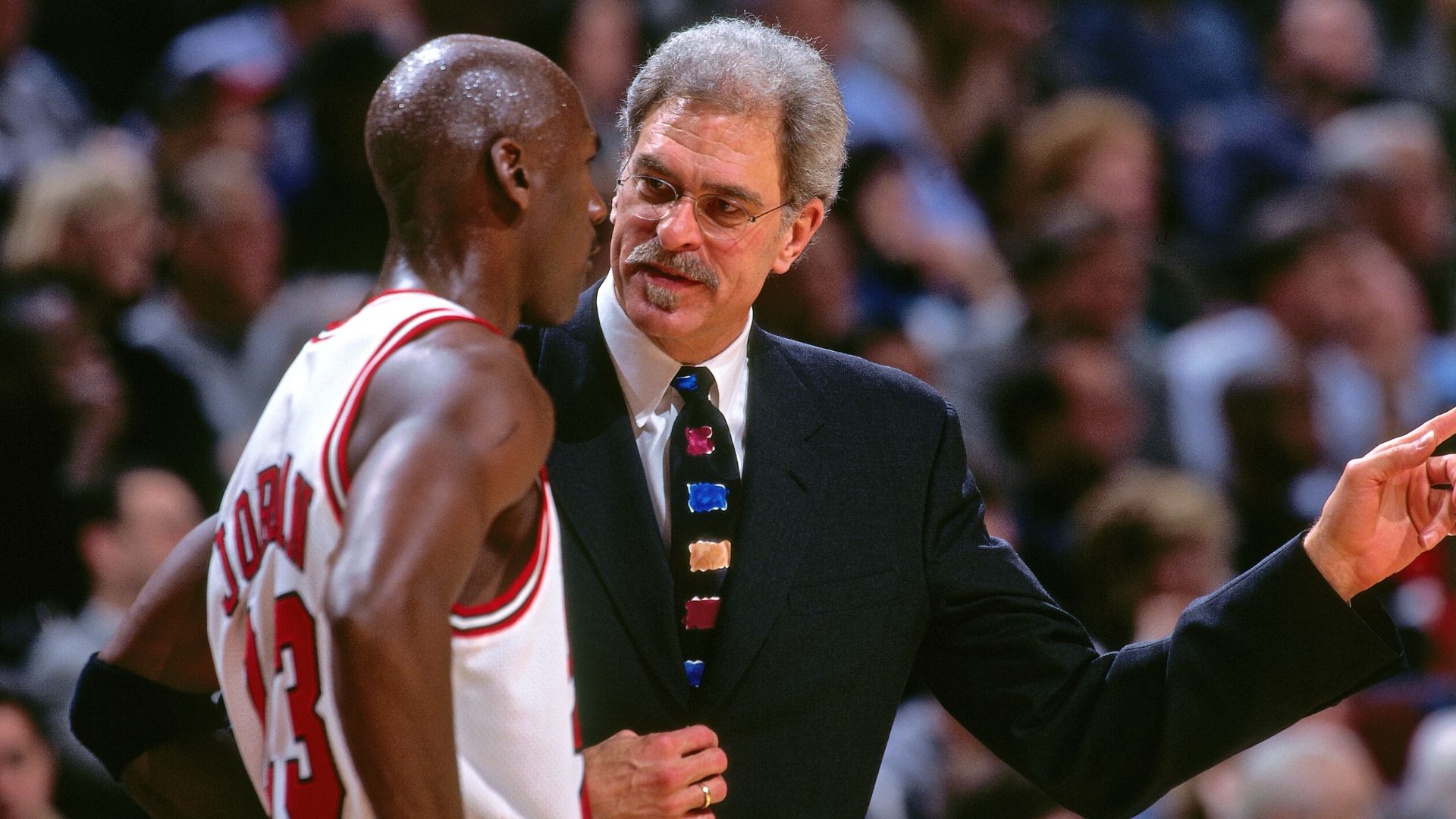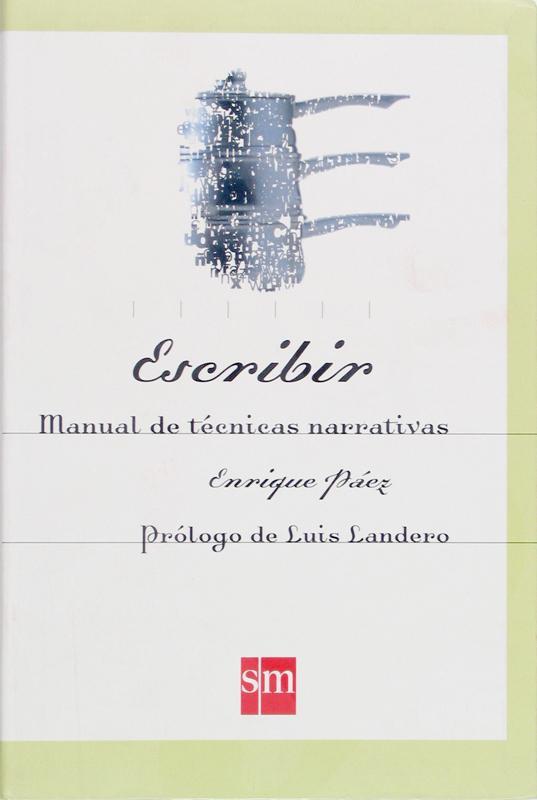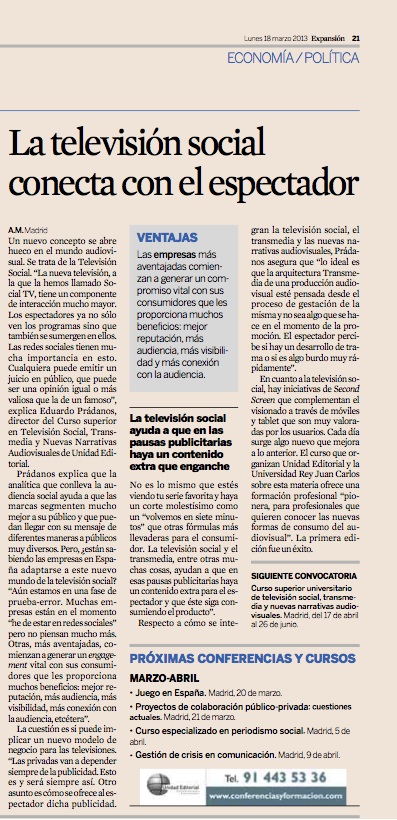Robert Pratten: “Between 2014 and 2015 we’re going to see an explosion in creativity in Transmedia Storytelling”
Publicado el 5 febrero, 2014

I wanted to interview Robert Pratten (CEO at Transmedia Storyteller and one of the most important person in the world of Transmedia Storytelling) a lot of months ago. Finally, I have got it and here is the complete interview.
We live in such a digitalized society where it gets harder and harder to attract interest from the spectator. What would you do to keep the them with us?
To attract audiences our work it needs to be meaningful in some way – even if it’s seemingly frivolous or comedic, it must play a role in someone’s life. To keep the audience with us over a longer period we need to keep delivering on the same promise.
In practice this means really understanding the audience and what it is we offer them – our core promise. And then we have to create experiences that appeal to intrinsic motivations such as connectedness, autonomy, mastery, significance, consistency and surprise. These six human needs are what we all look for and find in different places. Whenever we see someone that’s truly motivated or even we might say addicted then one or more of these motivations is at play.
So in summary, we need to create experiences that build habit but at the same time keep surprising us; we must bring people closer together so that they feel part of something bigger while allowing them freedom to do their own thing.
I have been asked quite often how to create a loyal commnunity. However, people barely understand how important these key elements are: empathy, letting the consumers/spectators make their own decisions and offering something really useful for them. Which ones would you consider the key elements to create engage within a community?
I’ve touched on this in the first question but the two key elements for a community are: allowing fans to connect to other fans and allowing fans to contribute to the development of the experience or intellectual property.
At first when people join a community they are usually thinking “what’s in it for me” – they are trying to satisfy their own needs, maybe a need for information perhaps. But if given a chance to show their knowledge (which gives them significance – a key intrinsic motivator) then they will and this brings them connection with other fans. Over time fans talk to each other and the original property that brought them together becomes a “social object” because now the pleasure is in meeting other fans and discussing that “object”. There’s also a line of academic work around “shared attention scenes” which is the human desire to share experiences and bring other people’s attention to events and sights so that the experience can be enjoyed together.
Fans who are passionate about a show or intellectual property want to contribute to it – they want to give back. Not all creators appreciate this of course but it’s a core human need to want to contribute to something bigger than ourselves. Communities that grow and thrive support this ecosystem of human needs.
How does a Transmedia Producer company such as TStoryteller organize themselves?
Broadly speaking we’re organized into front desk and back office – people like myself and Belen Santa-Olalla who work with customers are front desk and the people who develop the Conducttr technology are back office Belen and I feedback requirements to our developers and they offer suggestions to us that we market test.
Our key goal is to licence the Conducttr technology to creative people either directly or for enterprise solutions through creative partners. In the latter case the creative partners own the end client and we provide Conducttr, consulting and best practice advice to our partner.
A few months ago I went to the Transmedia Madrid Meetup in which you showed us what elements you use to create ‘Transmedia universes’? How would you explain in a few words what Conductrr is and which uses it has?
Conducttr is an interactive multiplatform storytelling tool. It’s a business-to-business solution that’s invisible to audience. The audience – the people who actually enjoying the experience – use all their usual apps like Twitter, Facebook, email, SMS etc and are unaware that Conducttr exists. It’s the creative author, the narrative designer that knows about and uses Conducttr.
Conducttr allows creative people to deliver immerse experiences without coding – they load Conducttr in any browser and start work by dragging and dropping ideas into a worksheet. For more ambitious projects – perhaps larger enterprise solutions – we have an API that allows web and mobile apps to access advanced features without the need for custom development (a points and badge system, an inventory system to award exclusive content and so on). So in this case we act like a middleware – again invisible to the audience because we’re incorporated into the client’s app.
We often think about Transmedia as something related to series and movies but we forget about its educational side. As a driving force behind Cosmic Voyage Enterprises, Could you tell us what it was about?
Cosmic Voyage Enterprises (CVE) is an educational alternate reality game. Students organize themselves into teams of five and role-play being executives at a space cargo firm. Over three weeks Conducttr sends different information to each team member so that teams must collaborate in the classroom.
The story of CVE starts with a rocket crashing into a local town and causing environmental damage. Over three weeks the students must devise a rescue plan and at the end submit a solution via video and written report.
The goal of the experience is for students to learn about ethics and financial responsibility. Usually teaching this content in the traditional way is very boring for the students and the concepts can seem very abstract. By immersing them in a simulation the issues become real and they can feel anxiety of balancing financial responsibility with ethics. The understanding becomes clear to them.
We recently created another experience to teach students about sweatshops and we are discussing other scenarios and topics.
There is a big trend in education away from teachers standing at the front of a classroom and teaching facts; the trend is towards teachers facilitating peer-to-peer learning and directing students to find out the facts for themselves.
Something very important for every CEO is the ROI obtained from their project. How do you calculate the ROI of a multiplataform project?
It depends on the project but for multiplatform projects it should always be on the project as a whole. Most platforms won’t generate revenue and some platforms shouldn’t even though they could. I’ve seen people make the mistake of trying to justify the return of every platform on a platform-by-platform basis but I don’t think this is helpful. Some platforms may appear to underperform but perhaps they play an important role that drives traction or revenue to the others.
Sometimes an ARG might be played by only a few number of people but the word of mouth and buzz created by it attracts many many more to buy the DVD, for example. The key is to know in the design how success will be measured – sales, growth of mailing list, positive sentiment, brand preference and so on. Sometimes the ROI is measured qualitatively – at least in the short term – because those qualitative results are expected to bring quantitative results later.
To finish up, what do you think this sector would need for Transmedia projects to become nothing but a total trend?
The short answer is Conducttr! The reason being is that we need more creative people creating projects and experimenting and exploring. The technology barrier today is too high for some but Conducttr will solve that and it pushes technology into the background – so that transmedia storytelling becomes about the experience.
With more projects the general population – the audience – becomes more familiar with these new forms of entertainment. A barrier right now is explaining what a transmedia experience is to someone who has never experienced one.
Between 2014 and 2015 we’re going to see an explosion in creativity in transmedia storytelling so it’s a very exciting time to be working in this field!

Soy fundador y director creativo de la agencia FLUOR Lifestyle. También fundé la Asociación Innovación Audiovisual. Soy autor del cómic ‘100 crisis de un papá primerizo‘, director académico del Curso Superior en Branded Content y Transmedia Storytelling de IAB Spain. Imparto formación en varias instituciones en España y Latinoamérica, como la EICTV. Si te apetece, puedes suscribirte a mi blog aquí, estar atento a mis cursos aquí o plantearnos un proyecto a FLUOR aquí. Gracias por leerme.












11 comentarios